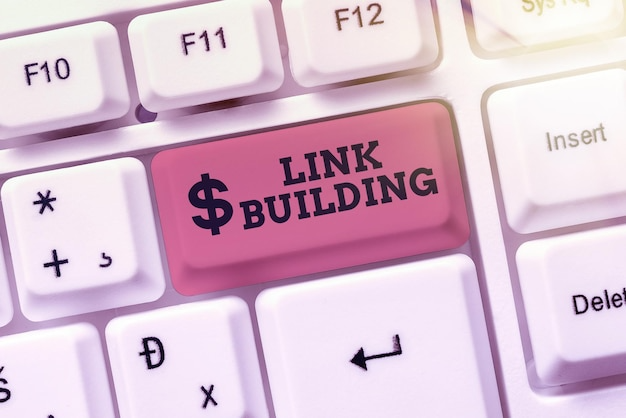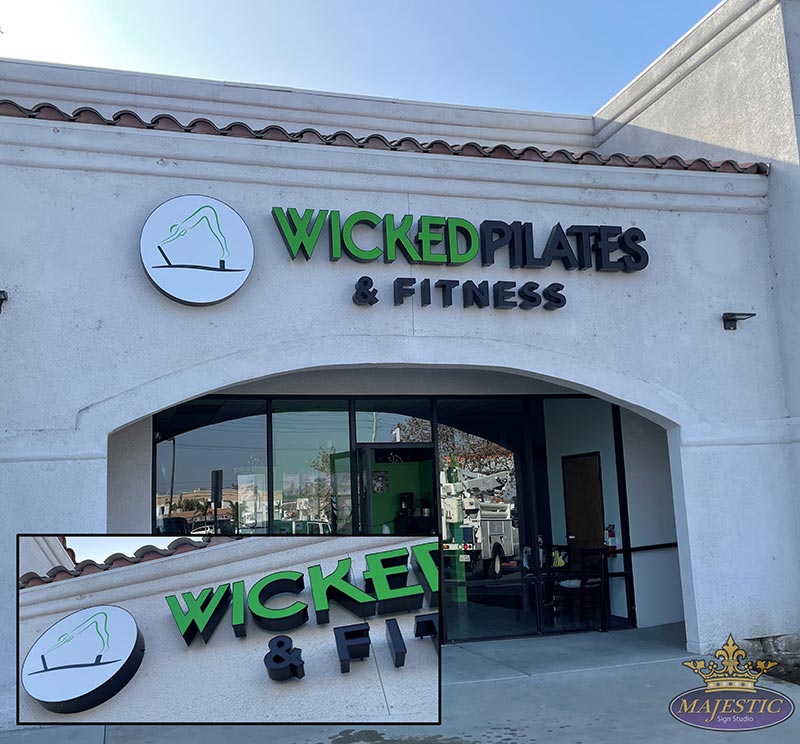
When it comes to safety, there’s no room for compromise. Whether you’re on a construction site, in a laboratory, on a bike trail, or operating machinery, the right safety equipment can mean the difference between a normal day and a life-altering incident.
What is Safety Equipment?
Safety equipment, also known as personal protective equipment (PPE), includes all the gear and devices designed to protect individuals from injuries, infections, and other hazards. This equipment acts as a barrier between you and potential dangers in your environment.
Common types of safety equipment include:
- Helmets and Hard Hats – Protect the head from impacts and falling objects.
- Gloves – Shield hands from chemicals, cuts, and heat.
- Safety Glasses and Goggles – Guard the eyes from flying debris, chemical splashes, and intense light.
- High-Visibility Clothing – Ensures workers can be easily seen in low-light or high-traffic environments.
- Respirators and Masks – Filter out harmful airborne substances.
- Hearing Protection – Protects ears from loud, potentially damaging noises.
- Foot Protection – Steel-toe boots and non-slip shoes prevent injuries from heavy objects and slippery surfaces.
- Fall Protection Gear – Includes harnesses and lanyards to prevent falls from heights.
Why Safety Equipment Matters
Workplace and recreational safety gear isn’t just recommended—it’s often required by law. Here’s why:
- Prevents Injuries: The most obvious benefit. A helmet or a pair of gloves can prevent serious harm.
- Compliance with Regulations: Industries like construction, manufacturing, and healthcare have strict safety laws. Proper PPE helps companies meet OSHA or industry-specific requirements.
- Reduces Downtime: Fewer injuries mean fewer sick days, higher productivity, and lower compensation costs.
- Boosts Confidence: Knowing you’re protected helps you focus on the task at hand without worrying about hazards.
Choosing the Right Equipment
Not all safety gear is created equal. Here’s what to keep in mind:
- Assess the Risks: Identify specific hazards of the job or activity.
- Fit and Comfort: Ill-fitting gear is less likely to be worn. Choose adjustable, breathable, and ergonomic options.
- Quality and Certification: Look for products that meet ANSI, OSHA, or other relevant safety standards.
- Training Matters: Simply wearing safety equipment isn’t enough—users must know how to use and maintain it correctly.
The Future of Safety Gear
Technology is revolutionizing safety. Smart helmets, sensor-embedded vests, and augmented reality goggles are now being integrated into high-risk jobs, offering real-time data and alerts. As innovation grows, so does the potential for fewer injuries and safer workplaces.
Final Thoughts
Safety equipment isn’t just a box to check—it’s a culture. Encouraging proper use of PPE and investing in quality gear shows a commitment to health, well-being, and responsibility. After all, safety isn’t expensive—it’s priceless.







